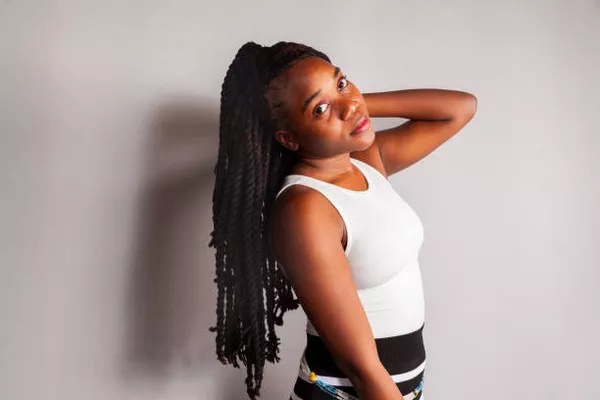In a photo from July 2020, Sherine and Dale Virgo speak with the media outside the Supreme Court. Their child had been at the center of a controversy with Kensington Primary School in Portmore, St. Catherine, due to her dreadlocks hairstyle.
The Supreme Court Ruling
Four years after the Supreme Court’s ruling that the constitutional rights of a five-year-old girl were not breached when Kensington Primary School required her locs to be removed for admission, the reasoning behind this decision remains perplexing.
The written judgment stated:
“There is no dispute that the school established this policy, not as a way to maintain discipline and order in the school, but as a preventative measure in the case of an outbreak of ‘lice’ and ‘junjo’. It is clear from the evidence that the school had sanctioned this policy on the basis of its own experiences with unhygienic students in the past…”
This assertion is unfortunate and misinformed, as it wrongly associates specific hairstyles with a lack of hygiene, thereby paving the way for discriminatory treatment. Locs do not promote a lack of hygiene, and the idea that they pose a health-related threat is baseless.
Understanding Lice and Hygiene
The association of lice with poor hygiene is also uninformed. Anyone can be affected by head lice, which have no connection to the cleanliness of one’s hair. Head lice are parasitic insects that latch onto hair follicles and feed on the host’s blood, causing itching due to allergic reactions. However, lice do not transmit diseases and are not considered a health risk.
According to the US Centers for Disease Control and Prevention (CDC), head lice infestations are less common among people of African descent than among other races. Infestations are more common among girls, likely because they tend to play with each other’s hair more frequently.
Cultural Perceptions and Bias
The perception of Black, loc-haired children as lice carriers stems from racial biases that have persisted through generations. These biases, like the erroneous belief that Black people originated from monkeys, are deeply ingrained and reflect anti-Black sentiments.
Anti-Blackness in Jamaican Society
Anti-Blackness is prevalent in various sectors of Jamaican society, including education, healthcare, politics, law enforcement, and the judiciary. Individuals in these fields often carry their biases into their professional roles, influencing their decisions and actions.
Court of Appeal’s Ruling
Fortunately, the Supreme Court’s decision was appealed, and the Court of Appeal recently ruled that the young student’s rights had been breached. This ruling emphasizes the need to address the subjectivity of school grooming policies, a familiar issue to the government.
Government’s Position on Grooming Policies
In April 2023, the Ministry of Education and Youth released the Student Dress & Grooming Policy for Public Educational Institutions, intending to guide the development of grooming policies in schools. However, the document’s preface suggests that dress and grooming are linked to character development, a misguided notion.
Character and Hairstyle
The belief that a student’s hairstyle reflects their character is flawed. An individual’s hairstyle does not indicate their character. The view that locs are dirty and indicative of a less-than-desirable character is rooted in anti-Blackness, not hygiene concerns.
Cultural Bias and Freedom of Expression
The Court of Appeal’s ruling focused on freedom of expression rather than religious freedom, a positive shift. In 2024, students should not need to claim religious affiliation to wear Afrocentric hairstyles. They should be free to choose hairstyles that suit their hair texture, length, and preferences, as long as it does not impede the learning experience of others.
This case underscores the importance of cultural sensitivity and the need to challenge and dismantle anti-Black biases in all areas of society.


